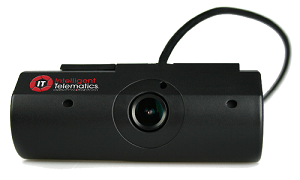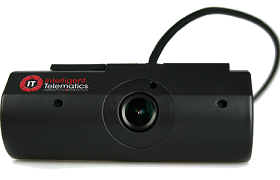Intelligent Telematics has teamed up with Sopp+Sopp and Collision Management Systems to launch an integrated 3G vehicle camera and claims handling service. The fleet solution will use immediate access to video evidence to minimise fraud, third-party overheads and liability disputes for vehicle operators across the UK, reducing claim costs by as much as 50 per cent.
 The industry-leading IT1000 3G vehicle camera will transmit high definition video and supporting data about a collision to a secure online portal within seconds. Sopp+Sopp will then proactively monitor these alerts 24 hours, 7 days a week, to provide driver support, manage any related claims and keep third-party costs to a minimum.
The industry-leading IT1000 3G vehicle camera will transmit high definition video and supporting data about a collision to a secure online portal within seconds. Sopp+Sopp will then proactively monitor these alerts 24 hours, 7 days a week, to provide driver support, manage any related claims and keep third-party costs to a minimum.
In order to deliver this solution, the IT1000 3G camera will take advantage of the advanced crash detection and false alert filtering system developed by recognised crash data specialists, Collision Management Systems. This will ensure crash alerts are immediately raised, while unnecessary ‘false alerts’ from events such as potholes and speed bumps are kept to a minimum.
Sam Footer, Head of International Business and Strategic Development at Intelligent Telematics commented: “Advanced 3G vehicle cameras offer distinct advantages over traditional SD card cameras, which do not allow footage to be remotely viewed and are at risk of tampering or data corruption. And now combined with Sopp+Sopp’s 24/7/365 claims handling, these devices make it possible to take complete control of insurance costs through immediate visibility of any road collision.”
Jamie Sopp, Managing Director at Sopp+Sopp said: “There are many reasons why immediate crash notification is important for fleet operators, so this partnership with Intelligent Telematics offers an excellent opportunity to deliver a solution that meets fleet operator’s needs. Faster claims handling and liability resolution can increase brand protection and minimise unnecessary costs, while making it easier to detect and manage opportunistic and organised fraud. Meanwhile, a driver can be more effectively supported following a collision and the emergency services contacted faster should it be a serious incident.”







